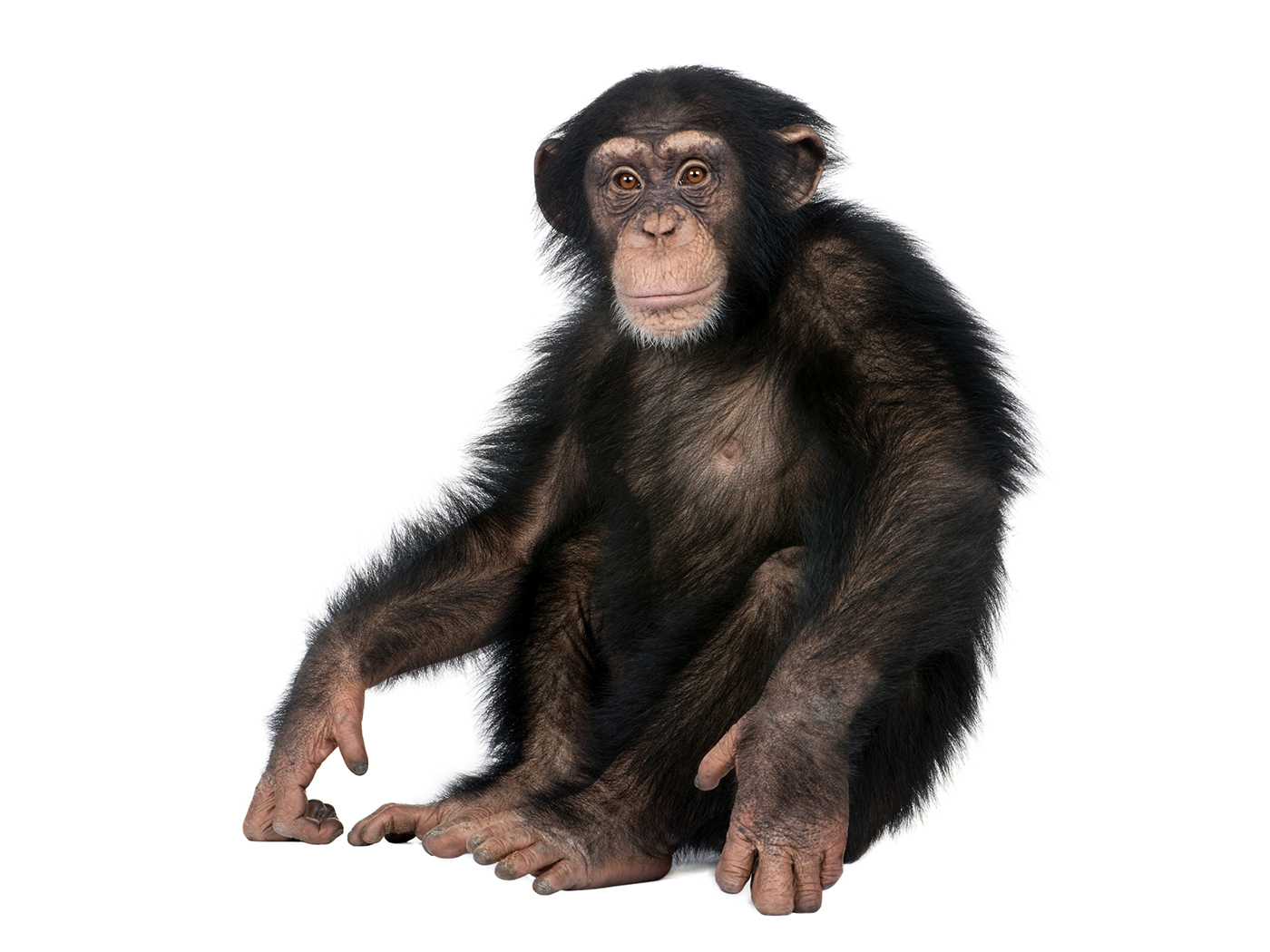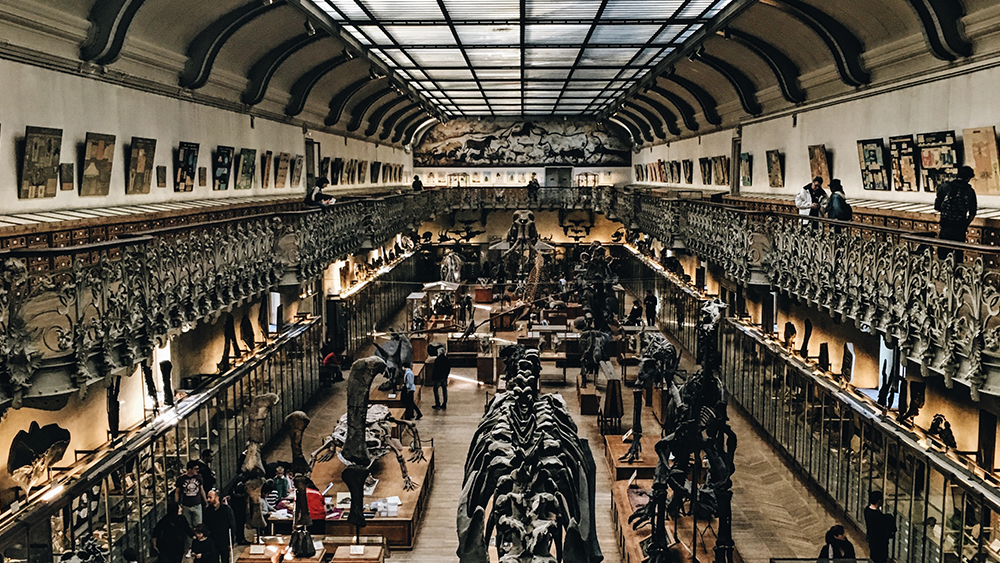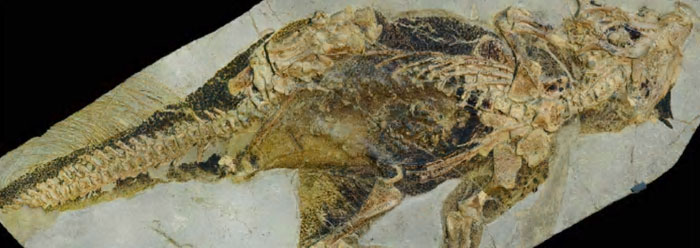Researchers at the University of Aarhus in Denmark noticed something odd when they examined seafloor sediment that had been left for a few weeks in glass tubes—foul-smelling hydrogen sulfide had been removed from the top centimeter of the mud. This could not happen so quickly by oxygen passively diffusing down into the sediment, so they set out to find what was expediting the chemistry.
Researcher Lars Peter Nielson and his colleagues studied the microbes in the sediment, publishing their results in the February 25, 2010, issue of Nature. Their investigations revealed a bacterial capability that few had suspected. They discovered that from over a centimeter down in the sediments, the lower bacteria conducted electrons to the surface bacteria by linking together protein-based “nanowires.”1
After several weeks, microbes had evidently constructed a network of nanowires in the mud. This allowed the bacteria nearest the sediment surface to partner with deeper bacteria. The upper bacteria have access to oxygen, but without an electron supply they cannot metabolize. The lower bacteria have access to electrons, but without oxygen cannot metabolize either. Without metabolism, there is no life or growth.
Prior research had established that a small number of bacteria can project long filament-like structures called “pili” to transfer DNA between bacterial cells.2 Pili also conduct electrons, while possibly incorporating special electron-shuttling molecules in bacterial cell membranes, as well as connecting with conductive soil minerals.
But few suspected that enough bacteria could connect to conduct electrons over a length of 12 millimeters. With cell body sizes only a fraction of a nanometer long, thousands of them must connect to span this distance.
Nielsen and his colleagues reported:
For the connected organisms, this electric pathway seems to allow mutually favourable subdivision of metabolism, in that those organisms with access to oxygen perform the oxygen reduction steps for all the connected organisms, whereas those with access to electron donors perform the oxidation steps for all the organisms.1
Both oxidation and reduction must occur for a cell to continue to generate energy.
Where did this complicated and “highly efficient electron conductance”1 system involving many individual bacterial cells come from? Nielsen told Scientific American, “It’s a very smart division of labor in which there’s certainly a strong evolutionary fitness.”3 Yet the observation that “smarts” were required to engineer bacteria to share vital metabolic reactions via nanowire networks is an indication that they were created by someone with intelligence, not by nature.
Nielsen’s comment apparently implies that since this capacity would have increased “fitness,” which is an estimate of the effectiveness of creatures to reproduce, it would therefore have evolved. But this conclusion is based on circular reasoning, as it assumes that evolution somehow took place but provides no answer as to how.
How―step by step―could “nature” have developed all of the required functional elements to enable electron-sharing between bacteria when “nature” has no idea about the design specifications for those elements, no idea about any future benefit obtained by constructing nanowire networks, and, frankly, no ideas whatsoever? Many bacteria survive just fine without electron-sharing.
Empty rhetoric about “evolutionary fitness” provides a very poor explanation for what is plainly the work of a Creator.
References
- Nielsen, L. P. et al. 2010. Electric currents couple spatially separated biogeochemical processes in marine sediment. Nature. 463 (7284): 1071-1074.
- Reguera, G. et al. 2005. Extracellular electron transfer via microbial nanowires. Nature. 435 (7045): 1098-1101.
- Matson, J. Wired Waters: Bacterial Electric Circuits Facilitate Chemistry in Marine Sediments. Scientific American. Posted on scientificamerican.com February 24, 2010, accessed February 26, 2010.
Image credit: PNAS
* Mr. Thomas is Science Writer at the Institute for Creation Research.
Article posted on March 10, 2010.
























